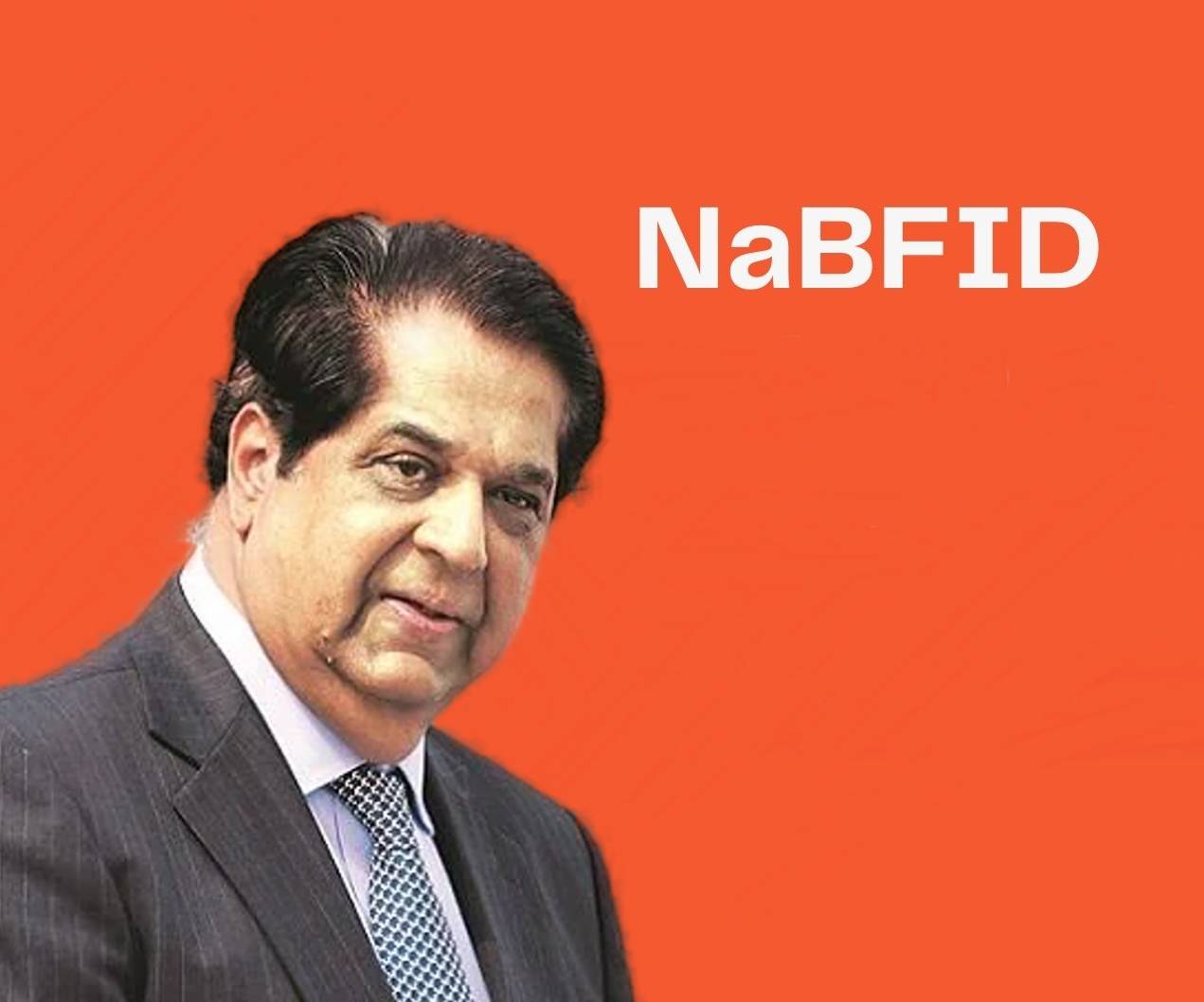Bank to begin work in Q1FY23; asset monetisation will free up resources that will come back to industry
Mumbai, NFAPost: The National Bank for Financing Infrastructure and Development (NaBFID) will finance projects that are part of the country’s Rs 6 trillion National Monetisation Pipeline.
The asset monetisation will free up resources that will come back to the industry. There is large aggregate demand for resources, NABFID chairman K V Kamath said addressing the convention of the Indian Construction Equipment Manufacturer’s Association in Mumbai.
The aggregate asset pipeline under NMP over the four-year period, FY 2022-2025, is indicatively valued at Rs six trillion. The top five sectors (by estimated value) capture about 83% of the aggregate pipeline value. These five sectors include Roads (27%) followed by Railways (25%), Power (15%), oil & gas pipelines (8%) and Telecom (6%).
K V Kamath said Bank with a capital base of Rs 20,000 crore will provide funding to projects in public sector as well as the private sector. It will begin business by approving the first loan for the project in the first quarter of the new financial year (2022-23) beginning April 2022. At present, selection for key positions including chief executive officer (CEO) is underway.
Thw government-owned funding agency is looking at the lending of Rs 3-4 trillion in the next three years or so. The emphasis in funding will be on having the right sit tenor (loan period) and the right price.
The funding environment has gone through a change in last 20 years with the emergence of institutions like insurance and pension funds which raise ling term liabilities. They need to deploy fund in long-term projects. The infrastructure projects provide those opportunities, he said.
Besides NaBFID, there will be more long term lenders. Commercial banks will step in when there are opportunities more so with arrangements for managing unforeseen risks.
In the last three-four years, banks have cleaned up books, have healthy capital adequacy and nonperforming assets are less. Bank clients – corporates are also in much better shape with lower gearing levels, K V Kamath added.





